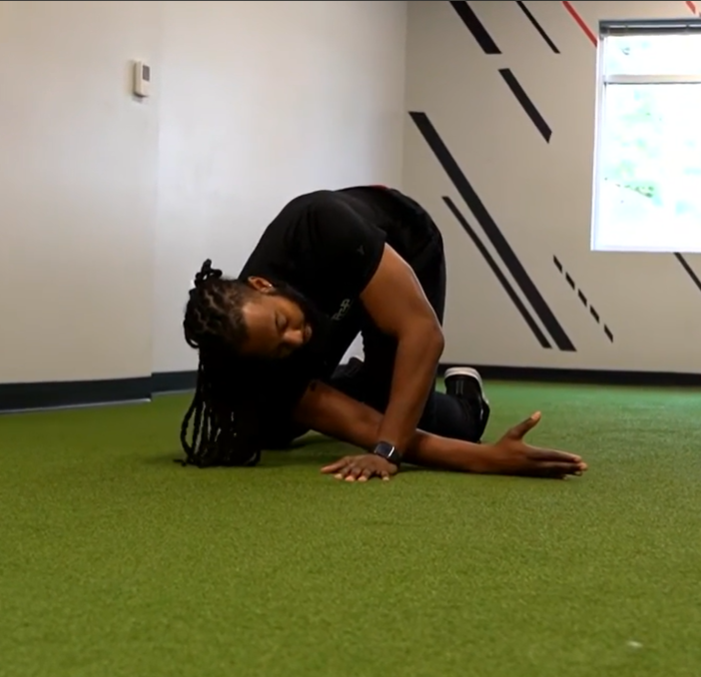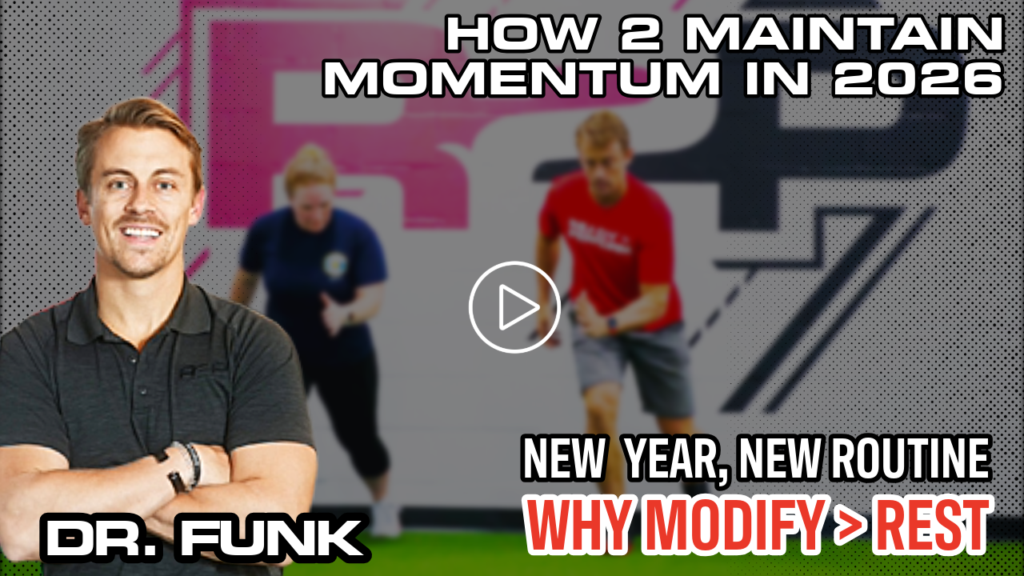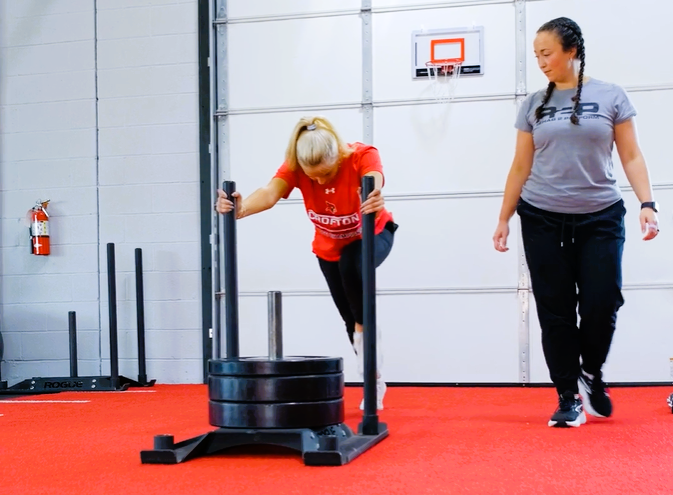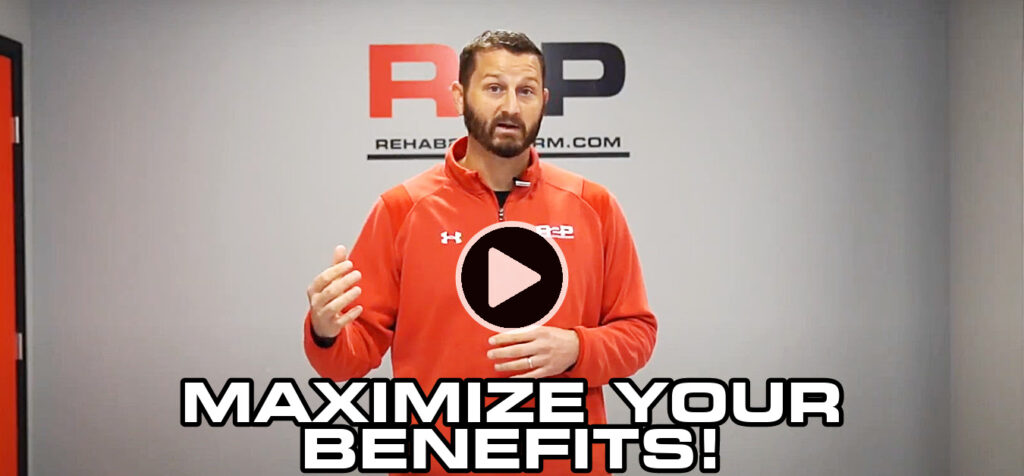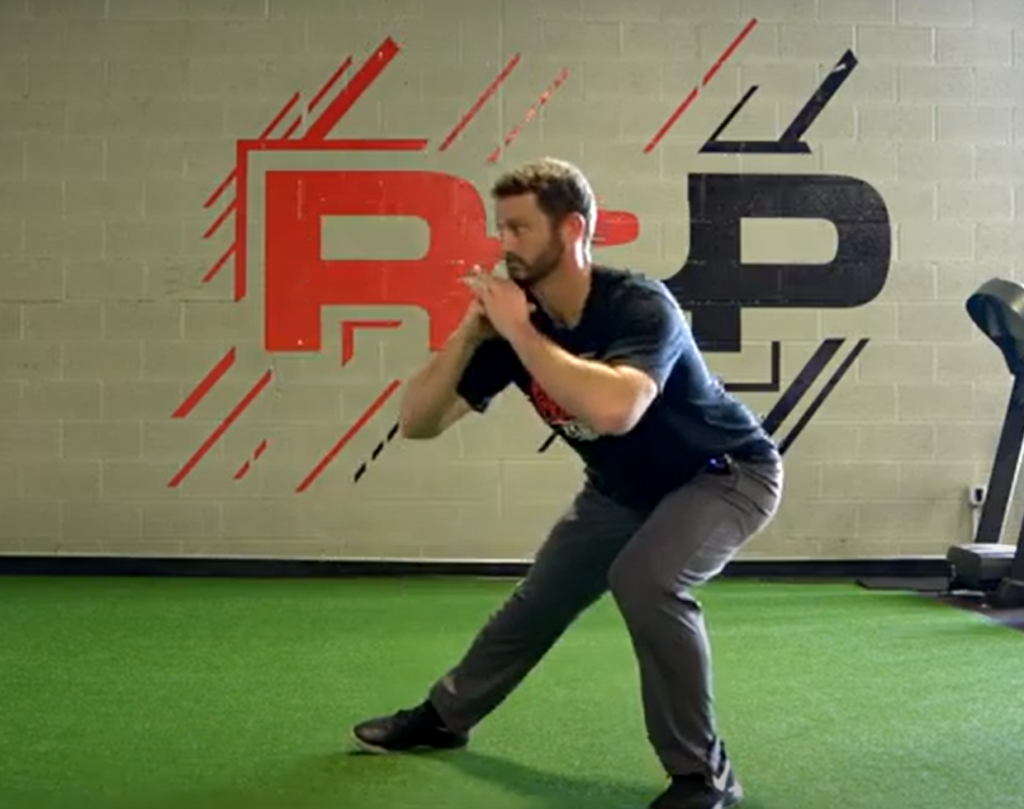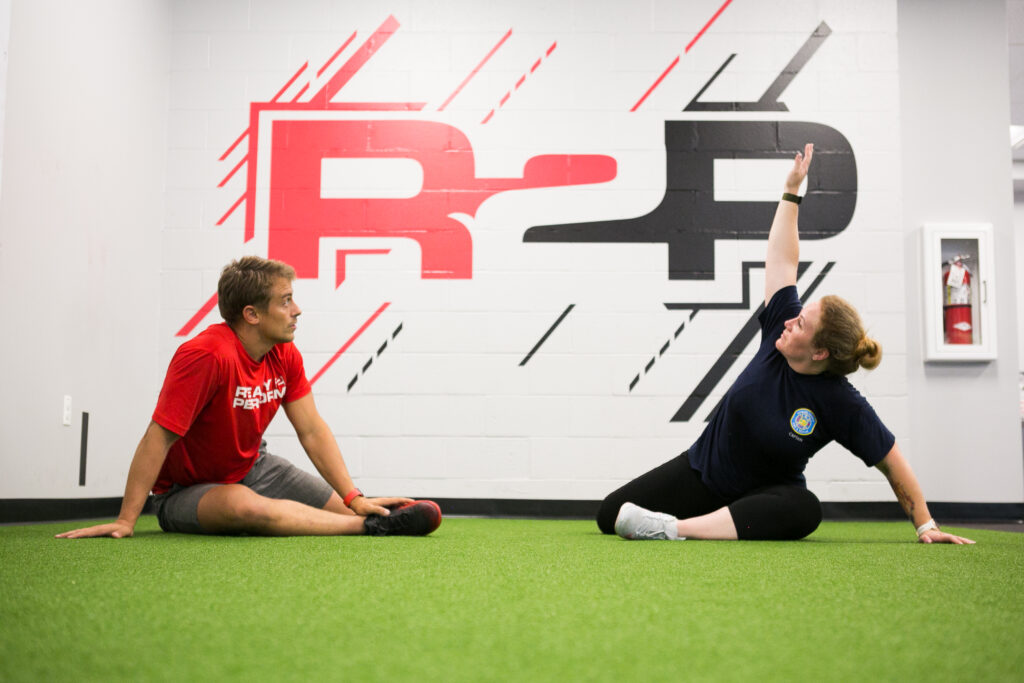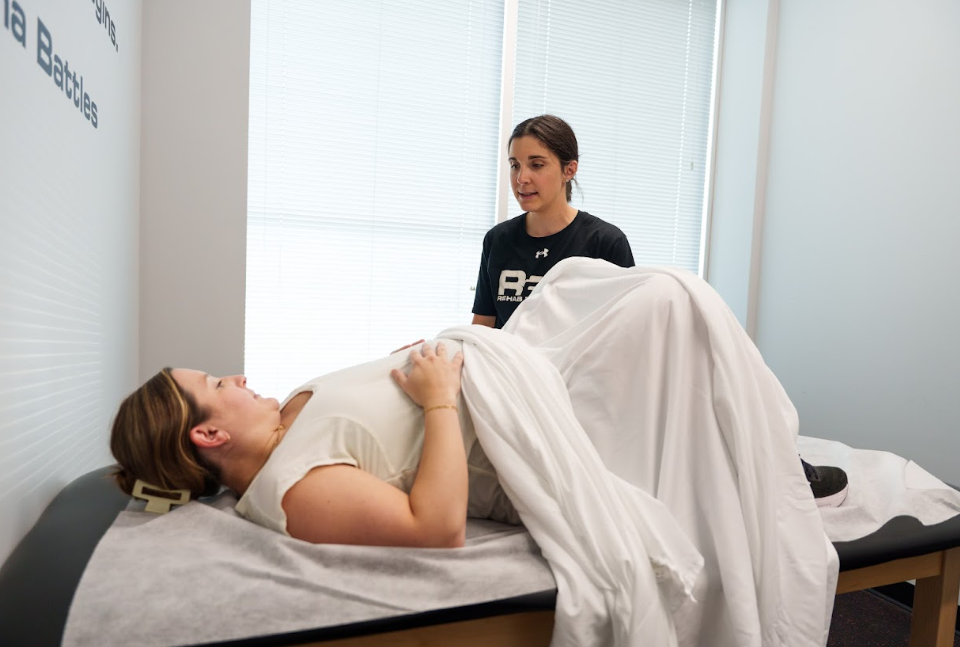Upper Back Mobility: Why Thoracic Rotation Matters
Upper Back Mobility: A Key to Better Basketball Performance and Everyday Movement Upper back mobility, also known as thoracic spine mobility, is a critical but often overlooked component of movement quality. For basketball players, it directly impacts performance on the court. For active adults, it influences how well you lift, run, reach, and even maintain…
How 2 Modify Your Fitness Goals Without Letting Pain Derail You
New Year, New Routine: How to Modify Your Fitness Goals Without Letting Pain Derail You Every January, motivation is high. New year, new goals, new routines. You sign up for a gym membership, lace up your running shoes, or commit to a fresh workout plan. But a few weeks in, aches and pains start to…
The Myths That Lead to January Injuries and How 2 Avoid Them
When people restart their fitness routine, they usually do it with the right intentions and the wrong strategy. Motivation is high, energy is good, and the desire to finish the year strong is real. The problem is not effort. The problem is that your body is not ready for the intensity you want to throw…
More Than Just a Job: Why Talent Thrives at Rehab 2 Perform
In sports, you often hear about the “championship hangover”—the idea that after a massive win or a milestone year, a team gets complacent. At Rehab 2 Perform, we don’t believe in hangovers. We believe in momentum. Last year, we celebrated our historic 10th Anniversary. It was a massive milestone for our company. But as we…
How 2 Prevent Shin Splints: Physical Therapy Tips for Runners
As a physical therapist and a runner, I’ve had more conversations about shin splints than I can count. They’re one of the most common injuries in the running world, especially for beginners, high school athletes, and runners increasing mileage or intensity too quickly. The pain usually starts as a dull ache along the front or…
Maximize Your Benefits
Now Is the Perfect Time to Prioritize Your Aches, Pains, and Performance As we approach the end of the calendar year, it’s one of the most financially strategic times to take care of your body. In the video above, Dr. Zach Baker shares an important reminder: many insurance plans, deductibles, and healthcare spending accounts reset…
Lateral Movement in Basketball
Unlock Better Lateral Movement in Basketball: Mobility Drills Every Athlete Should Use Basketball demands more than vertical jump and straight-line speed. The plays that change a game often happen side-to-side—cutting off a drive, sliding into help defense, or creating space off the dribble. That’s why lateral movement is one of the most important—and most overlooked—components…
Stay Pain-Free in December & Prepare for Your New Year Goals
How to Stay Pain-Free in December and Prepare for Your New Year Goals December is a month filled with schedule changes, colder weather, increased stress, and irregular training patterns. These factors combine to create a noticeable rise in injuries among active adults. If you want to start January with momentum instead of setbacks, understanding what…
Holiday Plan to Stay Injury-Free & Start 2026 Strong
The days following Thanksgiving and early December are when many active adults start to feel the effects of travel, long periods of sitting, unusual schedules, and disrupted training routines. This is often the point when stiffness increases, movement quality drops, and motivation starts to fade. If you want to start 2026 feeling strong instead of…
Every Mom Deserves a Postpartum Physical Therapy Checkup
Why Every Mom Deserves a Postpartum Physical Therapy Checkup – Just Like a 6-Week OB Visit If you’ve recently had a baby, you’ve probably made it through your 6-week OB checkup. You got the green light to return to normal life… but what does that really mean? As a pelvic health physical therapist (and mom…

